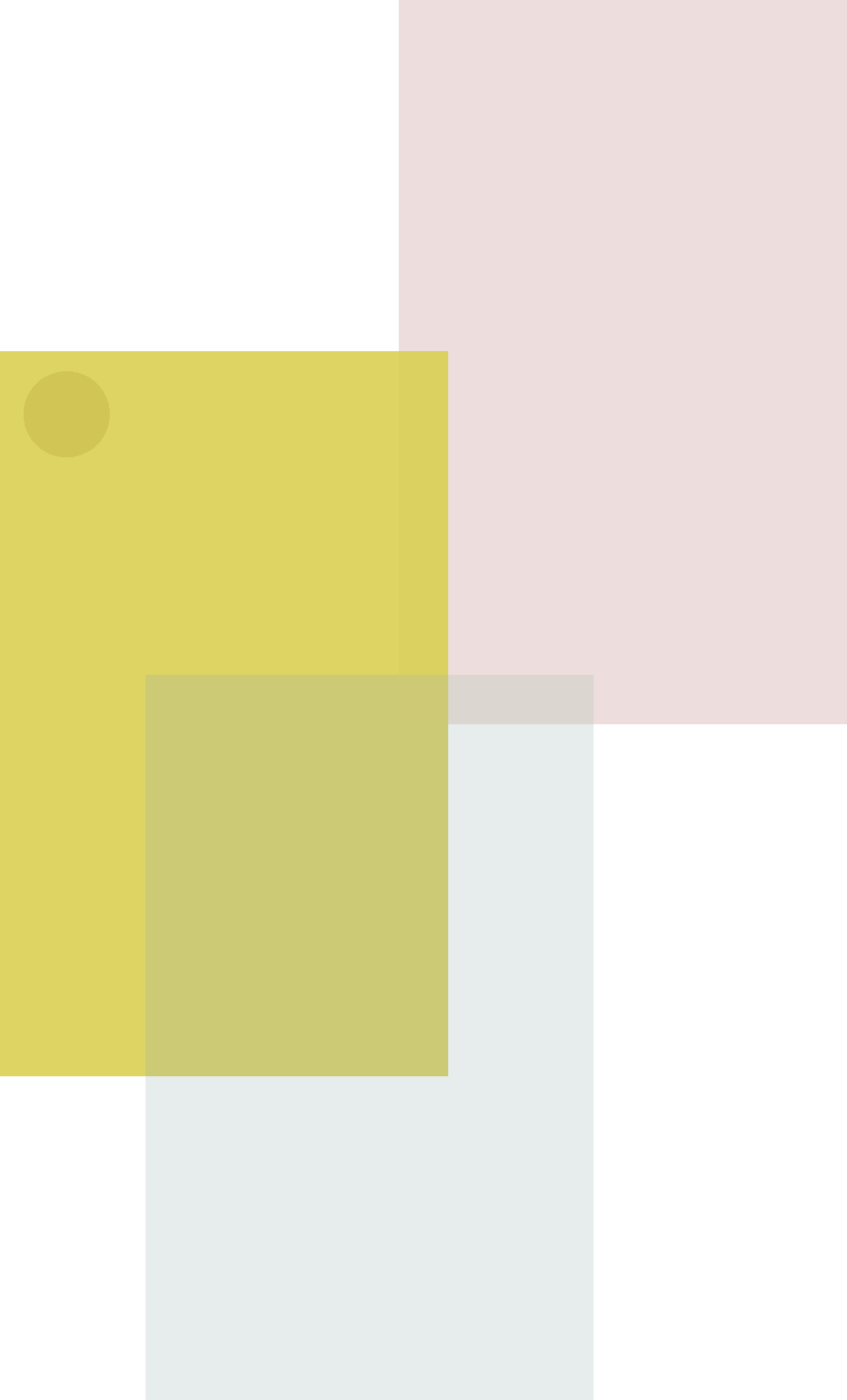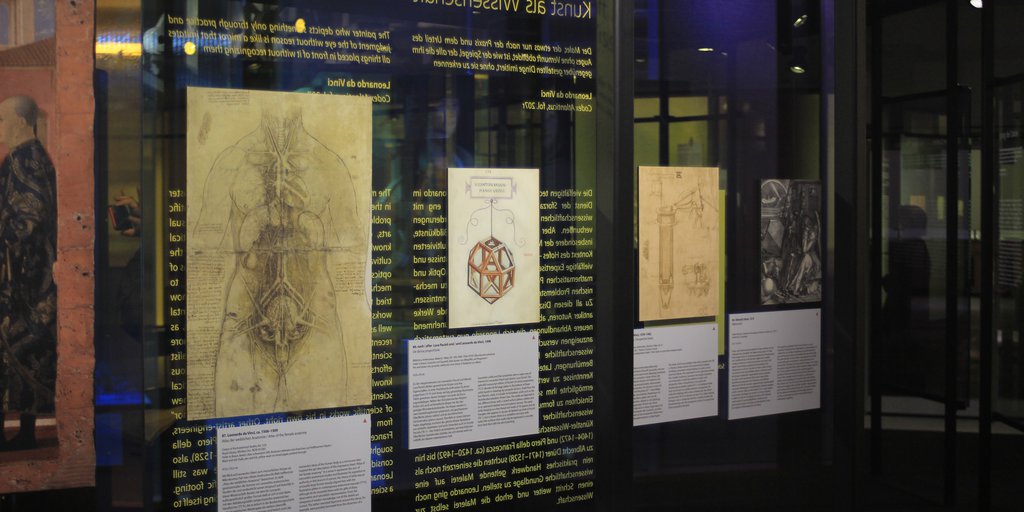
Science as Art, Art as Science <
The painter who depicts something only through practice and judgment of the eye without reason is like a mirror that imitates all things
placed in front of it without recognizing them
Leonardo da Vinci
Codex Atlanticus, fol. 207r. Translation: Elizabeth Hughes
The many and varied technical tasks Leonardo had to master in the service of the Sforzas were closely linked to scientific problems and challenges. But also the practice of the visual arts, especially painting, increasingly required theoretical knowledge and diverse expertise, particularly in the cultivated context of the court. This ranged from questions of optics and mathematical perspective construction to mechanical problems and medical knowledge. Leonardo now tried to learn systematically from the existing fundamental works by ancient authors related to all these disciplines, as well as from medieval sources and a growing number of more recent treatises. He expanded his library with specialist scientific literature and made concentrated and ambitious efforts to learn Latin and deepen his mathematical knowledge. This eventually enabled him to formulate new scientific insights of his own. He had now become an “author” of scientific works in his own right. Other artist-engineers, from Leon Battista Alberti (1404–1472) and Piero della Francesca (ca. 1420–1492) to Albrecht Dürer (1471–1528), also sought to place painting, which at the time was still considered a purely practical craft, on a scientific footing. Leonardo went one step further and elevated painting itself to a science.
Geometric Art <
 | 79.
20th c. |

The compass, together with the ruler, was the most important instrument for mathematicians ever since antiquity. Classical tasks of geometry such as the Delian problem (doubling of a cube volume) (35 ■) could only be solved with the aid of these tools. This is shown by the subtitle Mit dem Zirckel und Richtscheydt (With the compasses and straight edge) of Dürer’s text Underweysung der Messung (Instructions for measuring) (76 ■). The most common form of compass was the dividers which, unlike the marking compass, was not equipped with a pencil lead or a metal stylus and was used mainly to measure off distances. An example can be seen on the desk in de Barbari’s portrait of Luca Pacioli (78 ●) and in the hands of Dürer’s figure Melancholia (80 ●). The compass is also an attribute of architects, sculptors, and goldsmiths, who used it to transfer measurements. It appears as a memorable symbol in the hands of the Christian God of Creation, in the Freemasons’ emblem, and in the national emblem of the now-defunct German Democratic Republic. Leonardo’s manuscripts contain several model designs for compasses (Paris MS H, fol. 108v).
References
Folkerts, Menso, Eberhard Knobloch, and Karin Reich, eds. 1989. Mass, Zahl und Gewicht. Mathematik als Schlüssel zu Weltverständnis und Weltbeherrschung. Exhibition catalogue Zeughaus, Wolfenbüttel, 15.7.–24.9.1989. Weinheim: VCH, Acta Humaniora.
Meder, Josef. 1923. Die Handzeichnung. Ihre Technik und Entwicklung. 2nd ed. Vienna: Schroll, 77–78, 187.









